Venice, the city suspended over the water that enchants millions of visitors, the romantic city, one of the most sought-after destinations in Italy because time disappears once you set foot in the lagoon. In this 5-day itinerary in Venice you will know where to go and what to do in order not to miss any of the opportunities that the city of dreams offers.
5 days in Venice that encompass the most important destinations, without neglecting a gondola trip or a walk on the banks to enjoy an aperitif. We have experimented and tested for you a perfect itinerary that will lead you through the streets and campi without hesitation to make the most of your time. Ready to go?
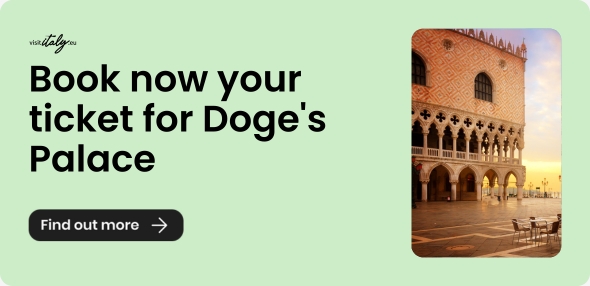
5 days in Venice: the perfect itinerary
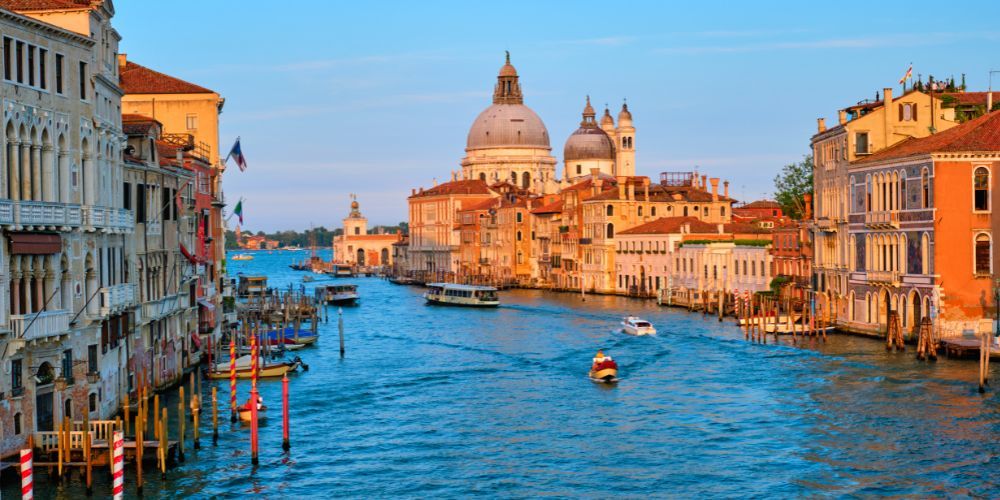
What can you do in 5 days in Venice? Many things and in any case always few compared to the amount of possibilities that exist in the lagoon city. That's why we have prepared for you a perfect itinerary to get a general idea of the iconic destinations, but also inserting something unusual and something relaxing.
The best solution to organize this tour is to take advantage of the Venice Pass, a digital card which includes many attractions. The card will allow you to save on queues and tickets as well as enjoy agreements with a wide range of businesses, from food to handicrafts through to leisure. With this card you can pre-purchase all the services you want to have them all at your fingertips.
So what are you waiting for, come with us for 5 days in Venice.
Get your Venice PassDay 1: entering a picture postcard

For a perfect itinerary in Venice, it is essential to start from Piazza San Marco, an iconic square and an obligatory starting point, represented in thousands of photographs. It is the only square properly called ‘piazza’ in Venice; all the other squares are called campi. We are in the Sestiere San Marco (district). Head towards the Basilica of San Marco, try to arrive for the opening hours so as not to find queues and appreciate the most beautiful mosaics of Venice studded with gold, then go to Palazzo Ducale, the ancient seat of the Doge and one of the symbols of the city. The building represents one of the masterpieces of Venetian Gothic. In the basement of the Doge's Palace, don't miss the piombi, the prisons, where also the famous Giacomo Casanova was imprisoned.
After the prisons returned to Piazza San Marco and breathed deeply, Napoleon Bonaparte defined this square as the most beautiful living room in the world and he was not wrong.
Also in Piazza San Marco, the Correr Museum is worth a visit. Through this museum you will be able to discover the history of Venice and unusual curiosities, such as the elegant shoes that the ladies wore when there was high tide that will look like stilts to you. The art, civilization and history of Venice are enclosed in this museum. Also on Piazza San Marco is the Marciana National Library, one of the largest Italian libraries, where you can admire the monumental rooms.
Treat yourself to a little rest and take a walk on the banks. Stretch out in the direction of the Biennale gardens, where the space widens and the horizon opens up.
Before arriving at the Biennale gardens, you will find the Marinaressa gardens and its benches looking at the sea. From here you can also see the Lido of Venice, where we will stop later.
If instead of the bench you prefer an aperitif, some music and happiness, go to Strani, a mix between a pub and a bacaro (tavern, wine bar) where you can enjoy a spritz accompanied by cichéti (delicious appetizers).
The first day flew by, but Venice is like that.
Get your tickets for Basilica di San MarcoDay 2: a Venetian session of art and shopping
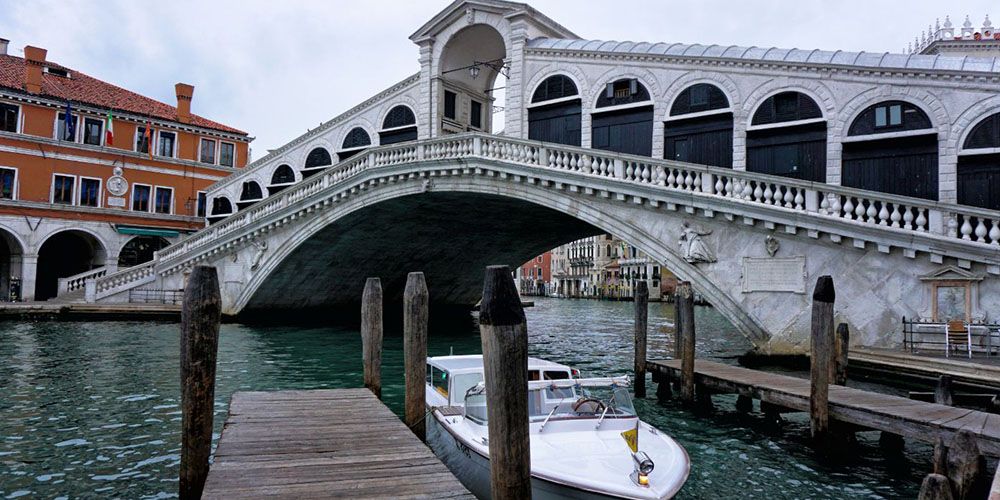
Let's find out what else our 5-day Venice itinerary has in store for us.
After a good breakfast, the second day begins with a visit to Cà Rezzonico. We are in the Dorsoduro district, on the fascinating Grand Canal, which you will pass through more than once. To get around Venice by vaporetto, it will be worth adding this option to the Venice Pass, which will give you free access to public transport. Cà Rezzonico is one of the most famous palaces in Venice and hosts the museum of the Venetian eighteenth century, a real journey to discover the masterpieces of a crucial historical period for Venice.
On the other side of the Grand Canal, a vaporetto stop (S. Angelo stop) we find Palazzo Mocenigo, a museum dedicated to the history of fashion, documenting the expertise of Venetian craftsmen and the refined and luxurious elegance for which the Venetians were famous. Recently opened, a new section dedicated to perfume highlights the fundamental role of Venice in the origins of this aesthetic, cosmetic and entrepreneurial tradition.
From Palazzo Mocenigo, we advise you to walk up to the most famous bridge in Venice: Rialto. The bridge and the adjacent area of the market represent the oldest part of Venice, the one that for years has been the hub of the lagoon economy. The market has very ancient origins (it dates back to 1097) and is a vibrant, colorful place, open every day,
Take a long (but not too long) tour among the market and the many shops that have been added over the years, making this area very commercial and full of famous brands. In fact, here you will find some of the most elegant Italian fashion brands.
We advise you to conclude your day with a visit to the house of Carlo Goldoni, the most famous Venetian playwright. The museum itinerary inside the house is full of suspense, just like in the author's most famous comedies.
Casa Goldoni represents a good mix between his life and his works and if you are lucky with the program of the La Fenice theater, maybe you will have the chance to attend one of the performances of Goldoni's works, right in this stupendous theatre. The visit to Carlo Goldoni's house is also included, like all the other attractions within the Venice Pass.
Get your tickets for Teatro La FeniceDay 3: immersed in the colors of the Lagoon
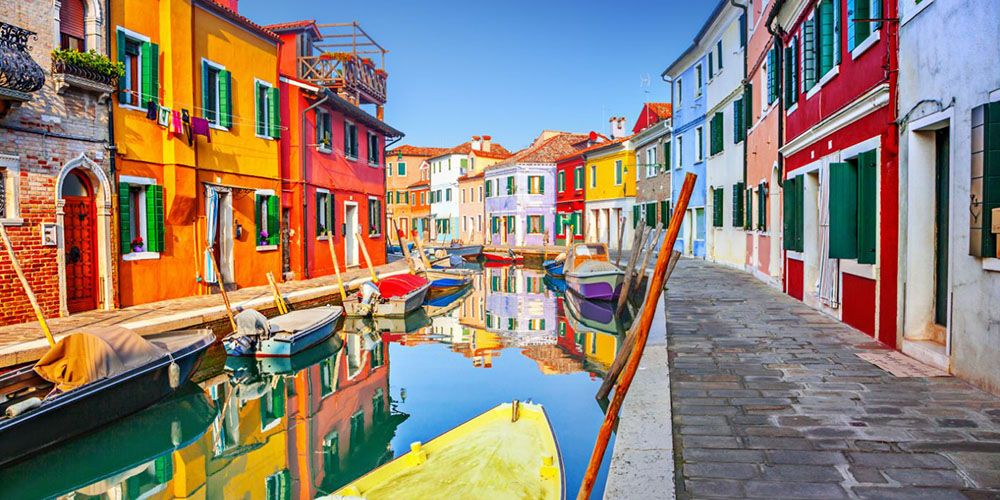
On the third of our 5 days in Venice we advise you to move to the Cannaregio district, perhaps the most authentic part of the city; it is in fact here that most of the Venetians live.
It is the largest district and occupies the part of the city north of the Grand Canal. The name seems to derive from the vast reeds that occupied this area when it was still uninhabited. In this district we find the ghetto, a neighborhood where Jews were forced to live during the period of the Venetian Republic. The Ghetto of Venice counts five synagogues, it's the first ghetto in Europe and one of the most beautiful Italian Jewish neighbourhood.
In the Cannaregio district you are in a strategic position to embark for the islands of Murano, Burano and Torcello. Visiting these islands is an experience not to be missed, each of them has a unique character. Murano is one of the most visited islands in the lagoon and is very famous for its blown glass. Walking you can look out and watch the work of one of the many glass masters along the way. Not to be missed is the Murano Glass Museum, which retraces seven hundred years of history of Murano glass chronologically, through pieces produced from the fourteenth century to the present day.
Moving to the nearby island of Burano you will instead be able to appreciate the art of lace. Already at the vaporetto landing in one of the many shops at the entrance to the island you will see elderly and less elderly ladies’ intent on the art of embroidery through the ancient technique of bobbin. We also recommend that you visit the Lace Museum, which is housed in the spaces of the historic Burano lace school. They are exposed over one hundred precious specimens from the school's rich collection.
Even this day was full of colors, emotions and new experiences. Relax on the vaporetto that takes you back to the city and treat yourself to dinner in one of the many bacari (Venetian tavern) where you will find a vast selection of wines accompanied by cichéti.
Get your tickets for a boat tour in Murano, Aurano and TorcelloDay 4: exploring freely
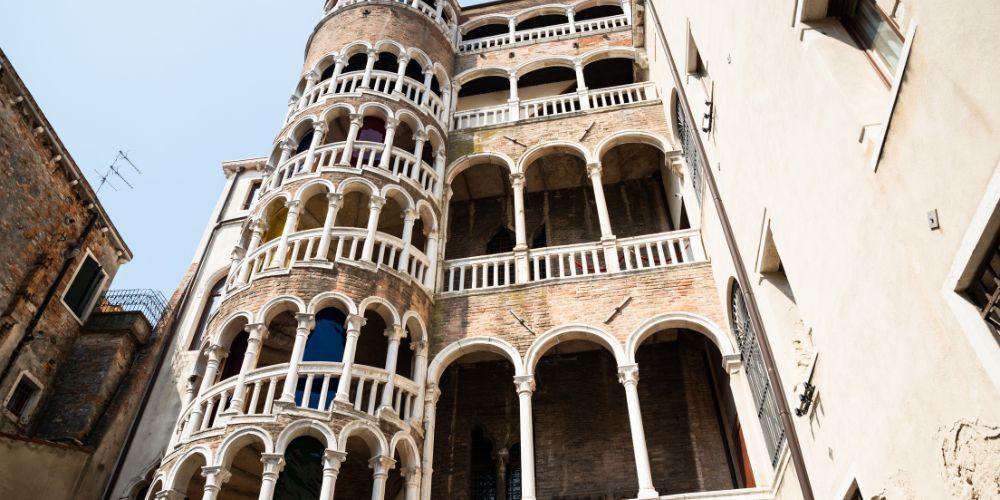
Our Venice itinerary continues. For the fourth day we advise you to slow down a bit and move towards the Lido of Venice, perhaps taking advantage of a beautiful sunny day or if you will be here in early September enjoy the good attendance due to the Venice Film Festival, you may unexpectedly meet some movie stars.
Or treat yourself to a walk along the seafront, admire the Art Nouveau architecture, and stop in front of the Palazzo del Cinema. The lido is a thin island that stretches for about 12 km between the Venice Lagoon and the Adriatic Sea. For lunch, stop by the sunny and excellent restaurant ai Murazzi, you will find it in via dei Kirchmayer, 16, here the fish menu is king.
Back in the lagoon we recommend, for once, to let yourself be guided by a qualified guide taking advantage of the Hidden Venice Tour. The guide will take you on an unusual walking itinerary.
You will be able to see Marco Polo's house and admire the Contarini del Bovolo staircase, a splendid spiral staircase that belonged to one of the richest families in Venice.
You will also see the Teatro dell'Opera La Fenice. The storied theater dates to 1792, and twice, just like the legendary bird of paradise, it has risen from the ashes. Among the stuccos and gold of the prestigious halls, you will be able to discover its background and secrets.
Get your tickets Hidden Venice tour5 days in Venice. The last day: arrivederci Venezia!
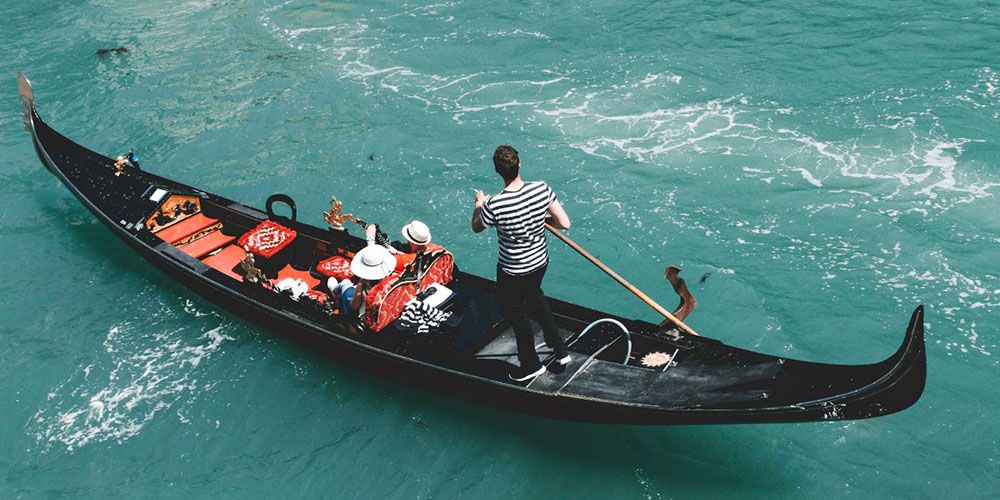
We advise you to enjoy the last day not far from the Grand Canal, take long moments of relaxation watching the gondolas go by and imagining the sets of famous films shot in the lagoon, or if you are lucky enough to come to Venice for the Historical Regata which usually takes place in the first weeks of September, the show will be guaranteed.
Approximately in the middle of one of the two curves that the Grand Canal makes, therefore halfway along the path that goes to the station, we suggest you visit Cà Pesaro, a grandiose building that now houses the International Gallery of Modern Art. Among the many masterpieces present we find the thinker by Auguste Rodin and Judith II by Klimt, together with works by more contemporary artists such as Balla and Morandi. The collections conserved in Cà Pesaro are enriched more and more, in 2019 an exceptional nucleus of 32 works entered among the most important Italian authors of the '900.
As an alternative to Palazzo Cà Pesaro, especially if you are traveling with children, we always recommend the Natural History Museum in the same area, with over two million exhibits. Ancient herbariums, algars, the mycological collection, zoological collections. Don't forget that all admission to the attractions we have mentioned are included in the Venice Pass.
A gondola ride is highly recommended to round off your itinerary in Venice in a romantic way. Would you do it?
Book your gondola rideAbout the author
Written on 11/06/2024

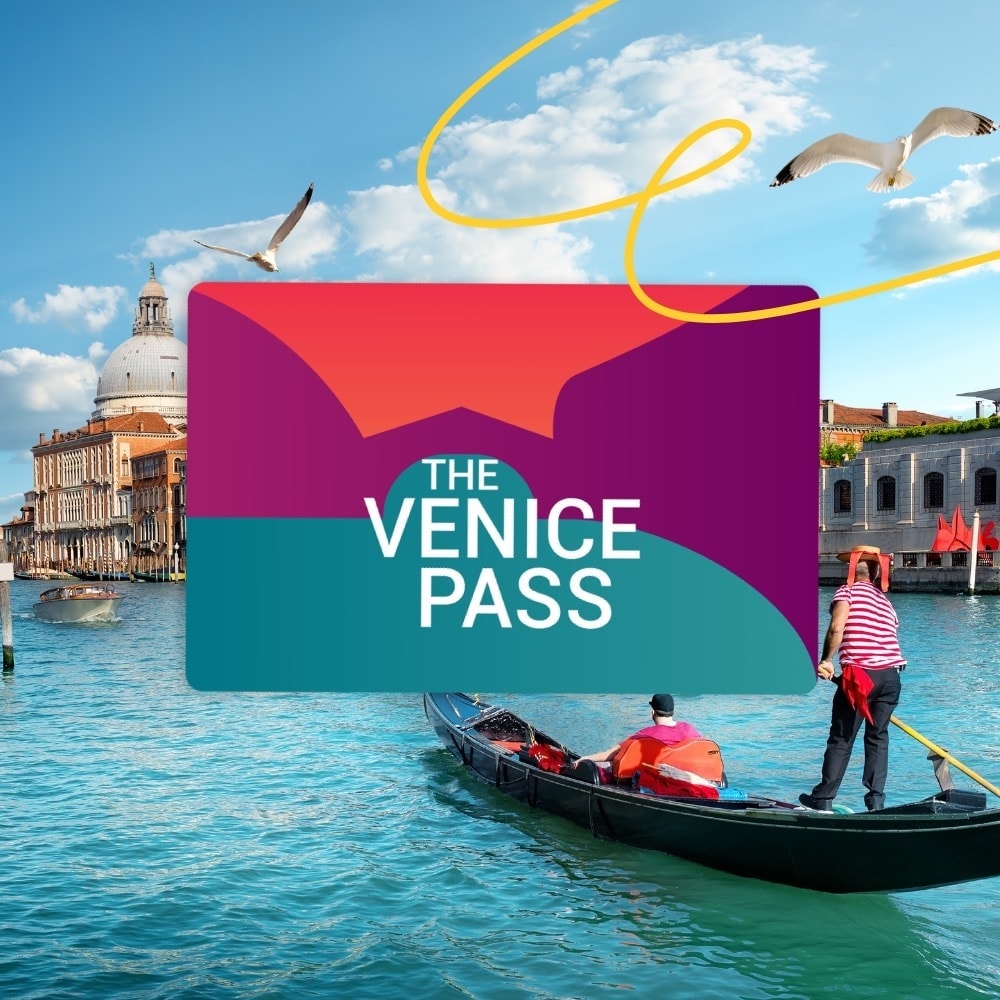
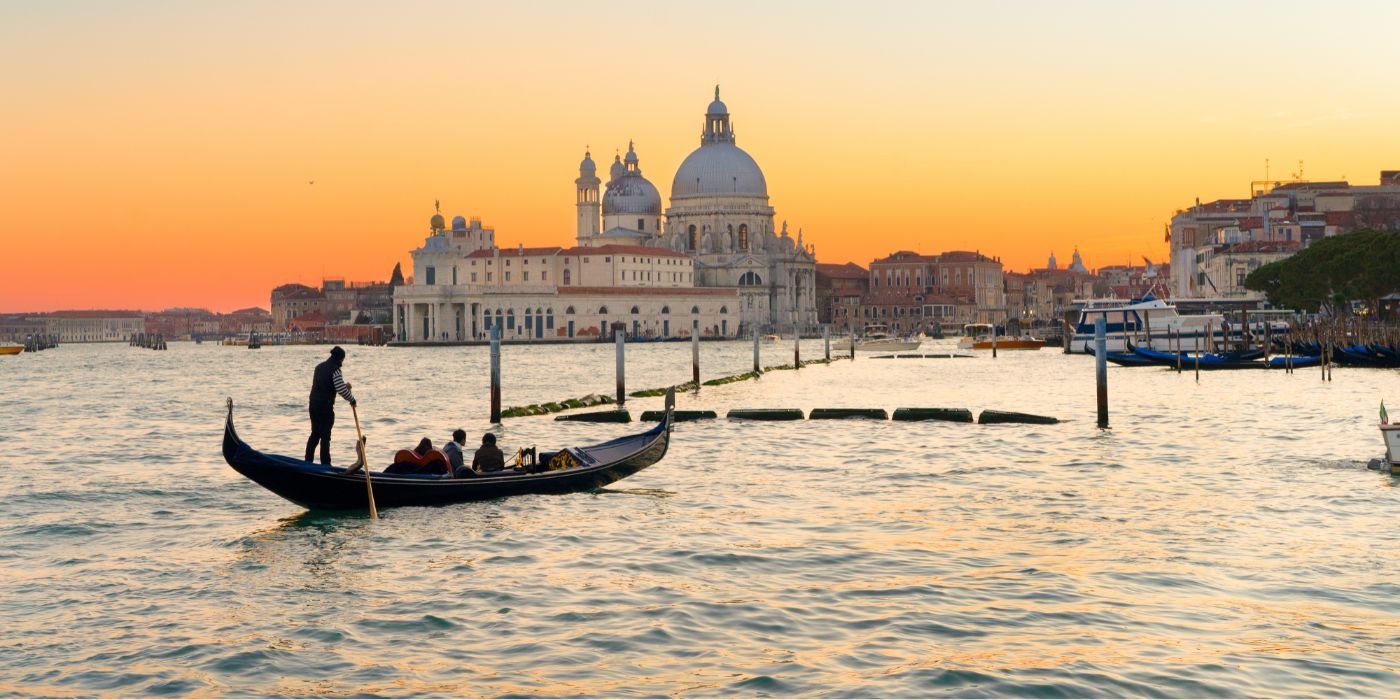

Chiarastella Campanelli
What to do in 5 days in Venice? Discover with us the perfect itinerary to enjoy the best of this unique city, with the desire to return.